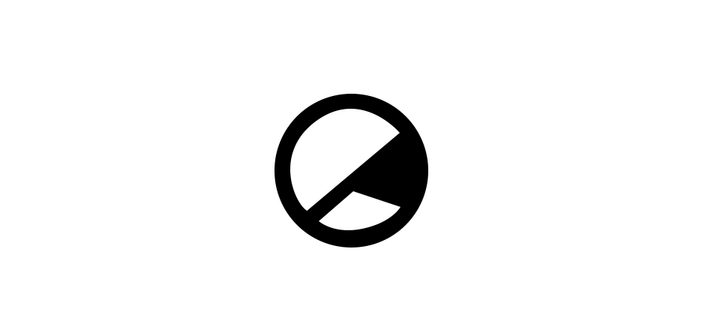With more high profile movie releases like Trolls: World Tour and Mulan skipping the cinemas and heading straight to VOD as well as the recent deal between Universal and AMC Theatres, is the simultaneous release a welcoming changing of the Hollywood system or could it begin the tragic decline of cinemas around the world? Two of our writers have offered up their opinions on the matter.
In Critique – Jacob Hando
For some, the emergence of streaming services such as Netflix and Amazon Video have spelled certain death for the cinema. For many, the recently announced simultaneous release of new film in both cinemas and on Video on Demand (VOD) has confirmed the fear that the big screen experience is on its way to becoming an artistic relic. Here is why the move is a terrible one.
One of the most damaging threats to the film industry is pirating. Having a home release whilst the film is still playing in cinemas simply shortens the length of time for a full HD version to appear online for free. There won’t be people with camcorders sitting at the back of the cinema – there will be people relaxing on the sofa whilst the television screen records a brand-new blockbuster for everyone’s enjoyment. Do studios really want to shoot themselves in the foot?
Furthermore, sending films to VOD is an insult to the filmmakers. The new equivalent of ‘straight-to-DVD’, companies will platform their ‘lesser’ films onto streaming sites which undervalues the creativity and contributions of a film’s cast and crew. How do you decide which film is more cinematic than another? Is it based on budget? The scope of the story? If it was shot on digital or 65mm? Films are shot and edited in such a way that benefits watching it on the big screen, and not at home.
Lastly, going to the cinema to see an anticipated film can replicate the same effect as a cup final at the pub or watching the Olympics in a stadium full of 80,000 spectators. In a post-Covid world, collective experiences will return with a vengeance. Concerts, festivals and cinemas are among the finest examples of art being elevated by a responsive crowd. Simultaneous releases will only undermine this shared sense of wonder and take away the social aspects of cinema.
In Defence – Theo Smith
For film lovers, the cinema is unlike anything other due to the immersion of the big screen and the communal experience that can sometimes transform a midnight screening into a memorable event of passionate fans whooping and cheering (without breaking any codes of conduct). For myself, it’s the perfect way to watch any movie and I wouldn’t have it any other way. But times have changed and the likelihood of recreating these memories are a long way off with social distancing in place. All of this brings us to the simultaneous release which, for the time being, is a sensible idea for distributors and exhibitors.
Firstly, it’s very unlikely to spell doom for cinemas because films will still get a theatrical window before the studio decides whether to put it on Premium Video On Demand (PVOD), which is how the Universal-AMC theatres deal was recently agreed on. So if a movie like Antebellum was still doing great business after its exclusive 17 day window, Universal can decide to push back its PVOD so that box office potential isn’t wasted.
Another key aspect surrounding the simultaneous release is cost. In an era where a family trip could potentially amount to an eye watering £74.50 (not accounting food or drink if you’re that kind of viewer) then that £15.99 for Trolls: World Tour looks fairly reasonable if you’re looking for an afternoon film for the kids.
Lastly, and most importantly, this has been a long awaited move for the film industry ever since the invasion of streaming services like Netflix and Amazon Prime. Actually, let’s rewind seven years back – ever since Ben Wheatley’s Field of England was released simultaneously in cinemas, VOD, and on TV the same day. It’s about time that Hollywood started experimenting further with releases considering that cinemas aren’t going to be a constant viable business option during the current climate. It won’t be a drastic change overnight but it could finally see an end to the traditional system that executives have been clinging onto for a century.




